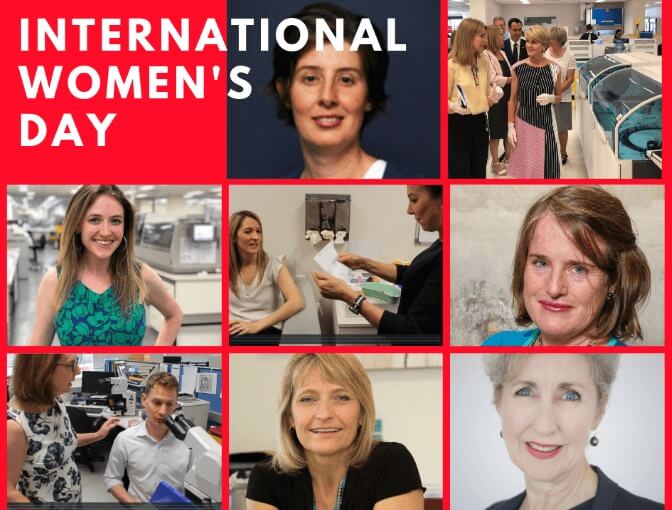According to the World Health Organisation, 70% of the world’s health workforce are women. There are some very famous female names recorded in the annals of medicine, such as Florence Nightingale and Marie Curie, but also an awful lot that aren’t, such as Anandi Gopal Joshi of India – appointed as a chief physician at an Indian hospital – Elizabeth Garrett Anderson who studied medicine at the Sorbonne to become England’s first female doctor, and Anne Szarewski who discovered the cause of cervical cancer just to name a few.
Closer to home, pathology has a great number of women making a massive difference to healthcare in Australia. In fact, just recently two of these women, Professor Catriona McLean and A/Professor Beverley Rowbotham received Australia Day honours for their extensive and impressive contribution to pathology and Australian healthcare.
Australian healthcare is a sector in which, much like the rest of the world, women predominate. The rate of female participation in the Australian pathology sector is 70%. That’s 24,000 women working in pathology.
Pathology is a critical part of Australian healthcare infrastructure. Professor Rowbotham, our recent Australia Day honouree, likened pathology to the electricity grid. If it shuts down, the rest of the industry would soon grind to a halt. And that vital piece of health infrastructure in Australia is to a large degree tended by women.
Whether it’s as blood collectors, anatomical pathologists, microbiologists, genetic pathologists, haematologists or the myriad of other jobs in the lab, or whether its running professional bodies like the Royal College of Australasian Pathologists, women in Australian pathology are making enormous differences to Australian healthcare and the lives of millions of Australians each year.
We salute you all on International Pathology Day.

